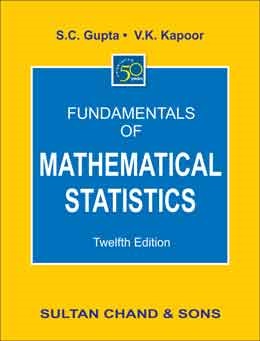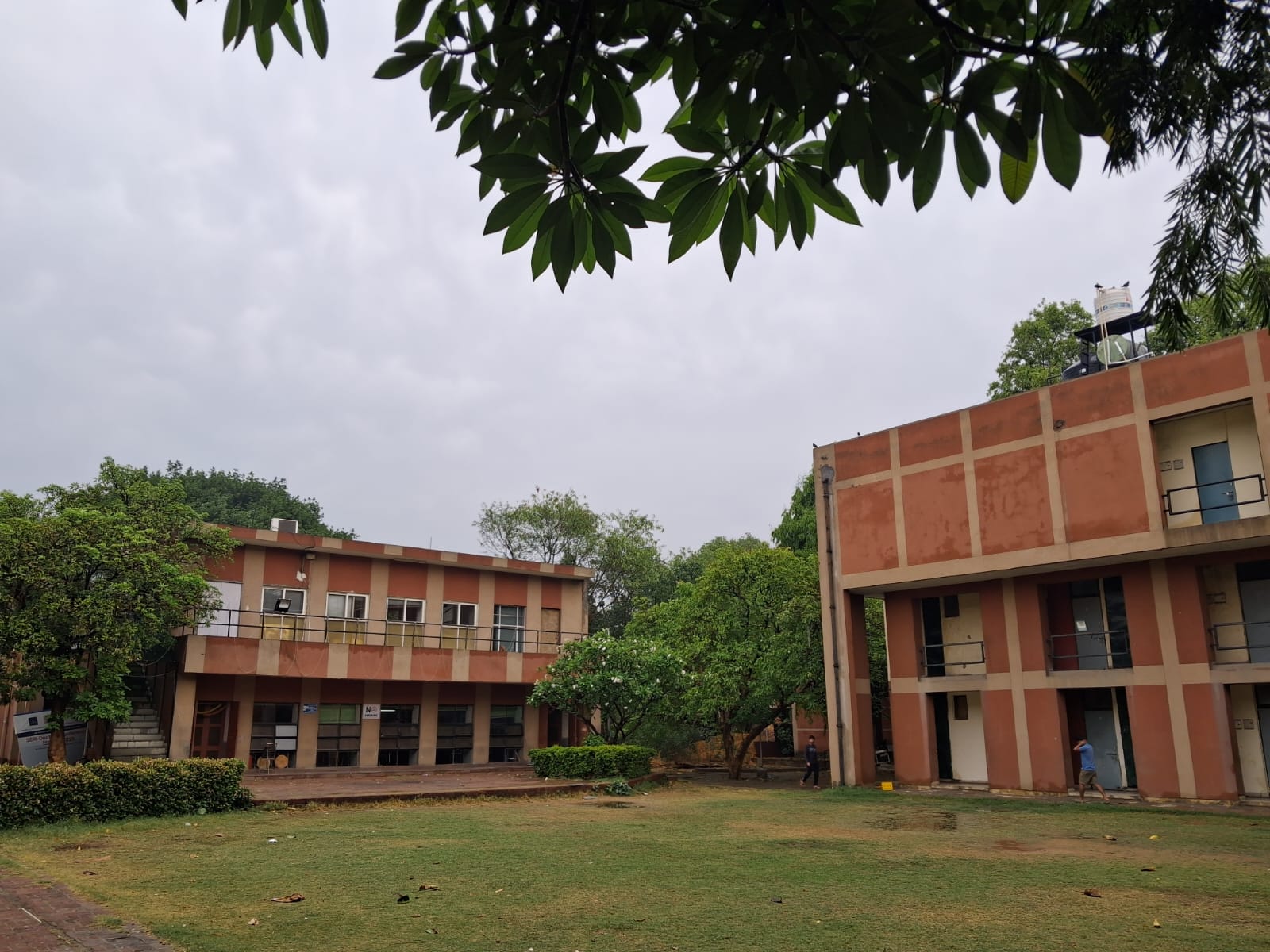If you are a beginner at Statistics, these books will give you either a very comprehensive outlook of the subject, or will be referred to very frequently in the community. If you are deciding whether to take up Statistics as an academic degree, these books may also help you gauge the conventional scope and interests of the discipline of Statistics.
0. Preliminaries
In case you want to take a look at Statistics texts for the higher-secondary-school level, here are some suggestions. Note that a higher-secondary reading of Statistics is surely beneficial but not at all mandatory for undergraduate studies.
- Introduction to Statistics -- P. K. Giri, J. Banerjee. Introduction to Statistics - Google Books
- A West Bengal higher secondary staple.
- Deals with combinatorial probability, mathematical statistics, applied statistics, and even dabbles with a bit of number theory!
- Better to go for print options.
1. Classics and Summarizers
These books are either great summary texts in Statistics, or are frequently referred to. Their purpose is to provide a detailed overview, yet not to discourse in great depth about any singular subdiscipline of Statistics.
- Fundamentals of Statistics (Vol. 1, 2) -- A. M. Gun, M. K. Gupta, B. Dasgupta. 2015.137863.fundamentals of Statistics Vol 1 | PDF, Fundamentals Of Statistics Vol. 2 : Goon, A. M. Internet Archive
- An Indian staple, followed in almost every college (at least in West Bengal).
- Vol. 1 deals with mathematical statistics and probability mostly, whereas Vol. 2 deals with applied statistics.
- The typesetting, the language, and the notational choices can be a little brain-wrecking at times.
- Better to go for print options, as these books are quite cheap but badly digitized.
- A First Course in Probability -- Sheldon M. Ross. A-First-Course-in-Probability.pdf
- A question-bank and staple reading for classical (combinatorial) probability, probability axioms and definitions, probability distributions, and large number laws.
- Deals little with pure statistics if we disregard the theory of random variables.
- Fundamentals of Mathematical Statistics -- S. C. Gupta, V. K. Kapoor. 2.-B.C.A.-Elements-of-Statistics-Study-Material.pdf
- Deals with mathematical statistics, elementary probability theory, probability distributions, and inference.
- Similar to Fundamentals of Statistics (Vol. 1, 2) -- A. M. Gun, M. K. Gupta, B. Dasgupta but with better print, better notational convention, and clearer language.
- Comprehensive in solved examples and chapter-end problems.
- Statistical Inference -- George Casella, Robert L. Berger. Statistical Inference
- An international staple that serves a Statistician throughout his career.
- Deals with lesser combinatorial probability, carries a hint of axiomatic probability theory, provides a brief introdution to random variables, but majorly delves into actual mathematical statistics and statistical inference.
- This is not meant to be a one-read book, but instead a book meant to keep coming back to. Do not expect to understand this book at the first read like some other elementary texts.
2. Introductory Topic-specific
I will add content here in the future.






